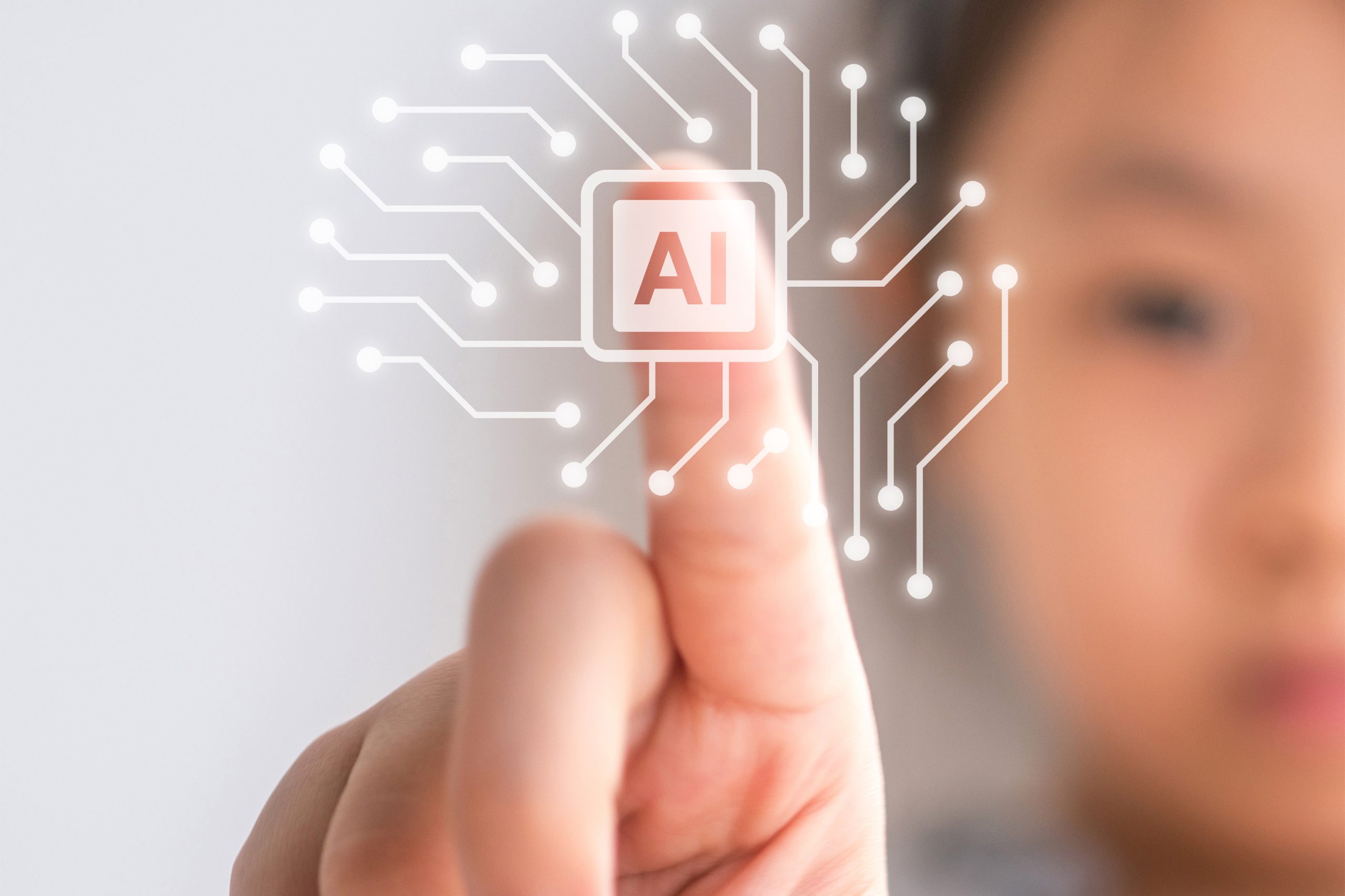How schools can equip students with conceptual knowledge about artificial intelligence (AI) was discussed by experts and education leaders during a May 24 webinar hosted by the California Department of Education.
AI literacy will be important in order to help young people contribute to an increasingly digital society; panelists said.
Through conversations with panelists, CDE Computer Science Coordinator Katherine Goyette connected AI with components of the state’s K-12 computer science standards like fostering an inclusive computing culture and creating computational artifacts as well as core concepts like algorithms and programming and impacts of computing.
While concerns about the use of AI by students and school systems have run rampant in recent months, “I think we don’t have a choice but to embrace it,” said Napa County Superintendent of Schools Barb Nemko. “Kids are using it, they have no problem, they’ve all adapted. All of the things we worry about, and there are many, we’ve worried about before.”
Nemko likened current fears to those that emerged when now commonplace technology was introduced, like when people worried that using calculators would hinder students from learning math or having the internet would mean they wouldn’t have to learn anything. Is pulling information for an assignment from ChatGPT cheating any more or less than getting it from an encyclopedia, she questioned.
“What we need to deal with are the ethics of the situation,” Nemko said, adding that students must learn how to use AI responsibly, knowing that the answers it provides may not always be factually accurate and how to use information it generates as a starting point, before they leave K-12.
Use of AI can benefit both teachers and students, she explained.
“ChatGPT can make our lives much more efficient, which frees up some of our time for the personal relationships … let us embrace it for the freedom that it will give us in time where we don’t have to do some of the more mundane tasks or spend so long on them and we can use our time to develop relationships with students, especially in this time when students are having so many mental health issues,” Nemko said.
Integrating AI
Sarah Watanabe, coordinator of the K12 strong workforce and STEM program at San Mateo COE, spoke about how AI can be used as a tool to drive equity for students and teachers. ChatGPT, for example, is good at writing differentiated lessons for educators and can potentially aid students, like those with ADHD, in putting their thoughts together in an organized manner.
She also gave an example of how tools like Teachable Machine are an opportunity for students to use and learn about AI. In her makerspace classroom, children often got confused about if materials should be disposed of in the recycle, compost or trash bins. The class trained the Teachable Machine to identify what bins materials go in and could use it as a reference. Not only did they become familiar with AI, the class also solved a real-world problem and Watanabe looped in concepts like environmental sustainability.
Katie McNamara, a teacher librarian at Kern High School District, said that students should have an understanding of how algorithms work intentionally and quickly with users. Platforms like YouTube and Netflix can be studied. Media literacy and how to conduct research and spot biases is another skill they need.
To combat students from using ChatGPT to do their homework, McNamara suggested reframing essay prompts and so students need to put their own spin on information. She also thinks the rise of AI will lead to use of citations.
“I think that the same way that we moved away from rote memorization of math facts into a deeper understanding of how math works with the common core, things like ChatGPT are going to allow us to do that lift with English language arts as well,” Watanabe added. She envisions a move away from focusing on the mechanics of writing in favor of writing for a specific audience and measuring writing for its intended impact.
As ChatGPT isn’t Children’s Online Privacy Protection Rule (COPPA) compliant, McNamara said her district isn’t using it, although students are through personal devices. For that reason, they have to know how to use AI to be prepared for a changing job market if nothing else.
“As educators we need to empower our students,” said Shilpi Agarwal, founder and CEO of SataEthics4All. “Whatever can be automated will be automated but there will be new roles as these students graduate.” Emerging jobs Agarwal mentioned include data cleansing, data labeling and prompt editing.
Integrating AI into every subject, starting at a young age, can help lead to interest in STEM by a more diverse pool of students, according to Amy Eguchi, associate teaching professor, Department of Education Studies at University of California, San Diego.
CDE’s Goyette acknowledged that part of the conversation around ethics involves K-12 system’s duty to protect student data and said that board policies must be adhered to.
When AI is used for educational purposes, Shilpi said schools need to ensure they have explicit consent from families.
Additional resources:





